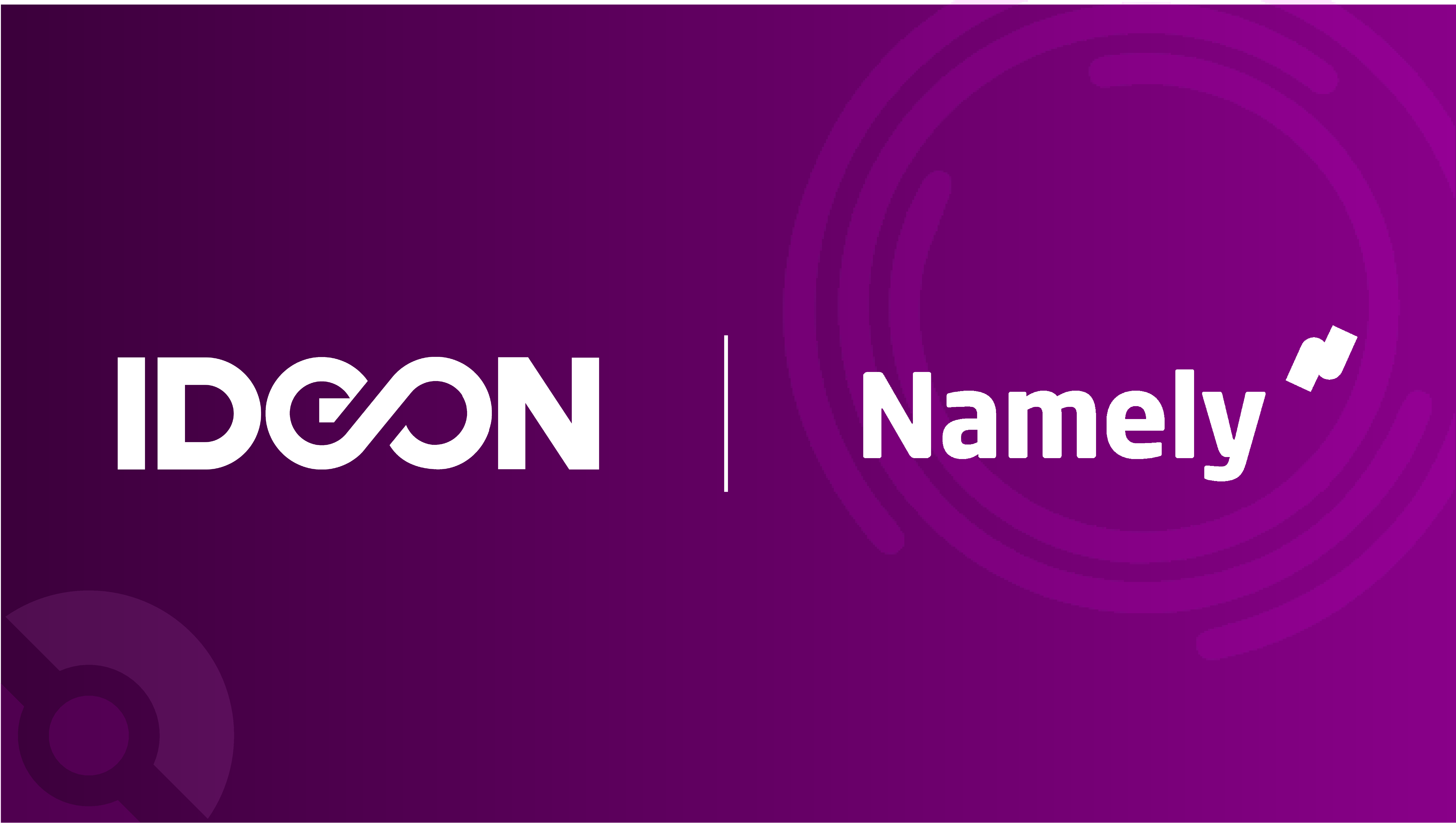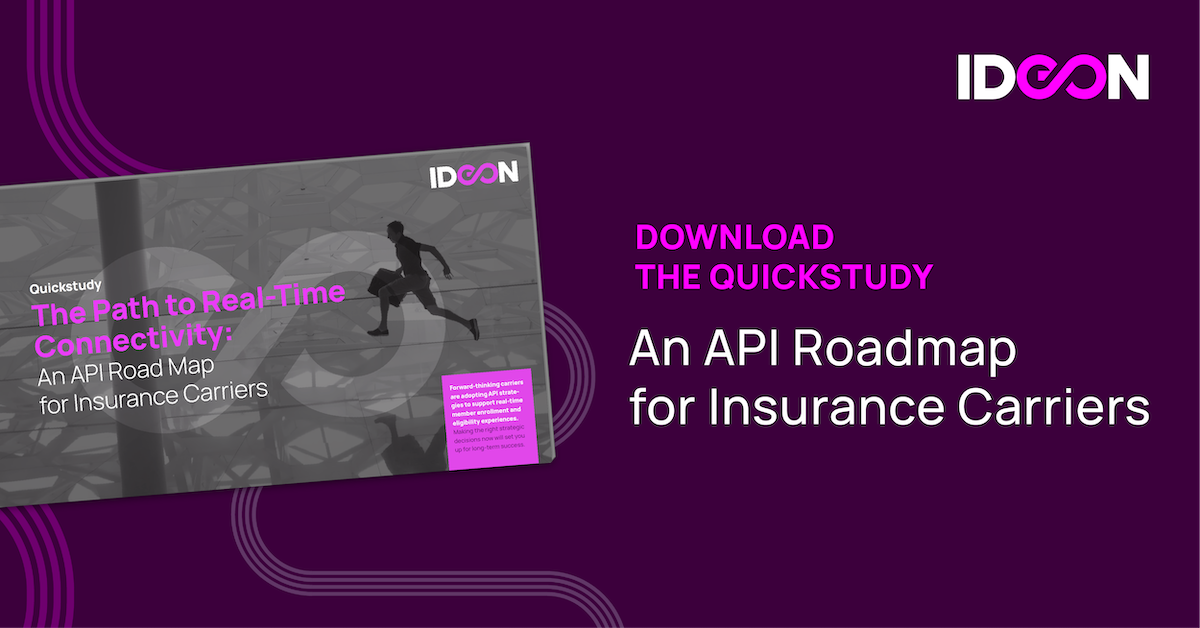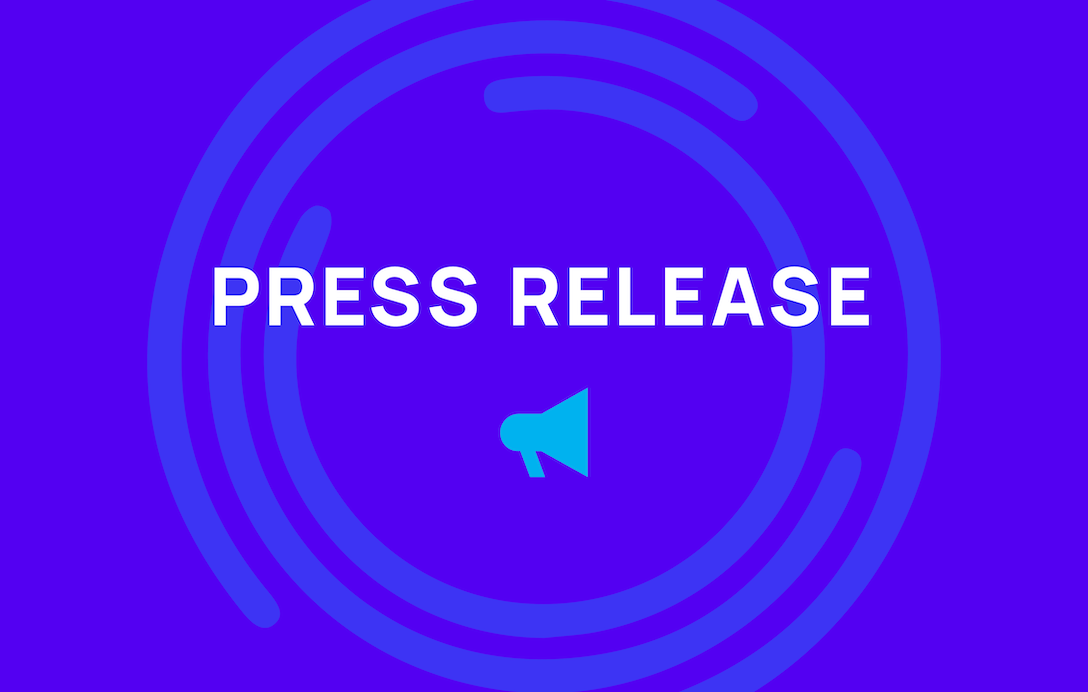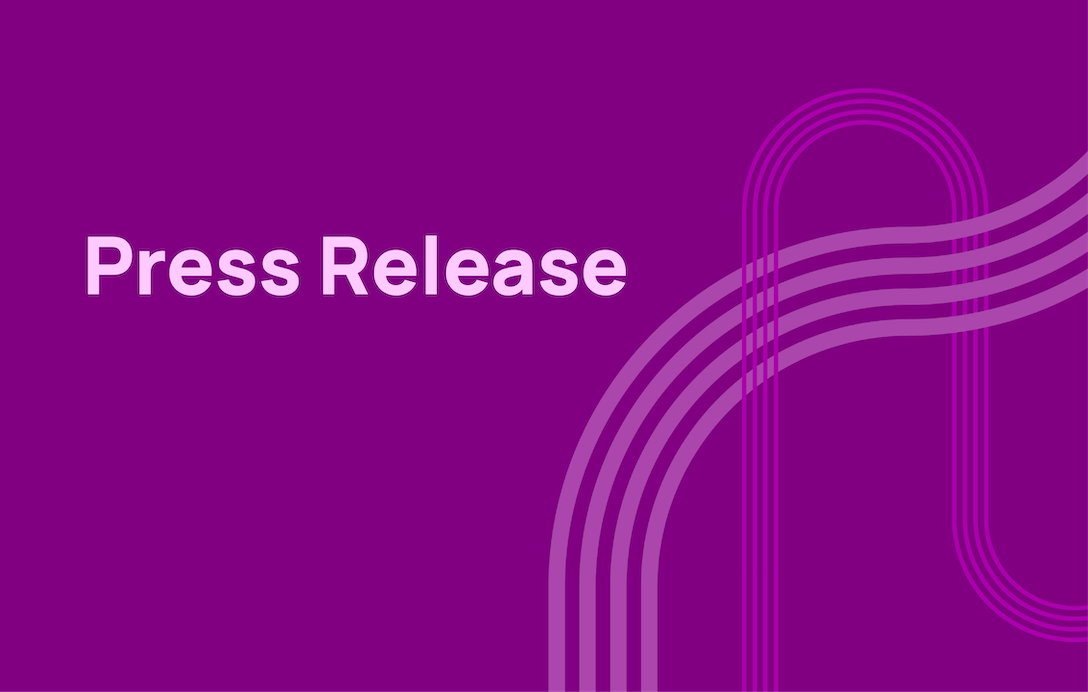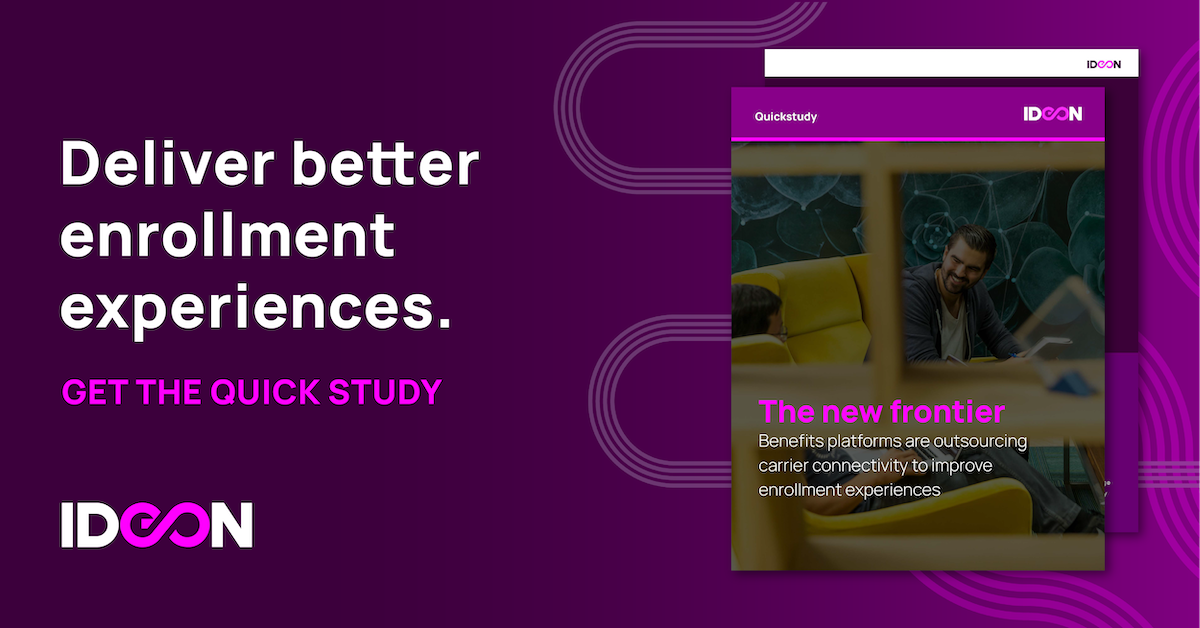Ideon’s APIs enhance Namely’s best-in-class enrollment experience through real-time connectivity with health insurers and ancillary benefits carriers
Ideon, the API platform powering digital experiences in health insurance and employee benefits, announced today that Namely, the leading HR software for mid-sized businesses, has integrated with Ideon’s API. The integration enables Namely to deliver a faster, more efficient benefits administration experience to its clients, across a broad spectrum of insurers.
In order to provide employees with modern features and a smooth enrollment journey, two-way data exchange with insurance carriers is a necessity for HR and benefits platforms. Building individual point-to-point integrations with hundreds of carriers is cost-prohibitive, resource-intensive, and, ultimately, unsustainable. With Ideon, Namely gains a seamless and scalable means to connect and exchange data with multiple insurers.
“The needs of our customers are at the core of everything we do at Namely,” said Namely CEO Larry Dunivan. “Our solution was designed to easily construct APIs that expand its functionality to ensure our clients have access to high quality data, real-time connectivity, and the latest employee engagement technologies. We’re excited to partner with Ideon, a leading platform provider that shares our vision of advancing the user experience and making worktech easier.”
HR and benefits platforms leverage Ideon’s APIs to enable multi-carrier functionality throughout the user journey, including plan quoting and decision support, group setup and member enrollment, member management, and renewals. Once a platform integrates with Ideon, it gains scalable connectivity to a comprehensive network of insurance carriers, including Kaiser Permanente, Beam, Aetna, Anthem, Blue Shield of California, Cigna, Guardian, Humana, MetLife, and Principal.
Namely serves as a single system of record for mid-market companies, a segment employing more than 50 million workers in the U.S. Namely integrates payroll, benefits, talent management, and other key business functions in a modern, intuitive platform that employees and employers love to use.
“The addition of Namely to the Ideon platform further affirms that industry-leading benefits administration software companies view our fast, seamless connections with insurance carriers as paramount to delivering a better digital enrollment experience,” said Michael W. Levin, Ideon’s co-founder and CEO.
About Ideon
Ideon is the way health insurance carriers and employee benefits providers connect with technology partners to deliver seamless consumer experiences at every stage of the member journey. Ideon is not the websites or apps one uses to choose a plan or find a doctor. It is the infrastructure, the ‘pipes,’ that simplify the complex exchange of quoting, enrollment, and eligibility data between carriers and the technology partners so that they can, in turn, deliver health and employee benefits to hundreds of millions of Americans everyday. Ideon’s APIs transmit billions of data points between InsurTechs and insurance carriers, powering an amazing benefits experience for all. Faster. Better. Awesomely. To learn more, please visit: www.ideonapi.com.
About Namely
Combining intuitive HR technology and best-in-class service, Namely empowers mid-size companies to build better workplaces. Simplifying the complexities of recruiting, onboarding, time & attendance, performance management, benefits administration, compliance, payroll, and HR analytics, Namely offers an integrated platform that saves companies time and improves their employees’ experiences. Distinguished by a dedicated support model and enhanced service offerings, Namely delivers an all-in-one HR solution for today’s people teams. Learn more at Namely.com and follow us @NamelyHR.
